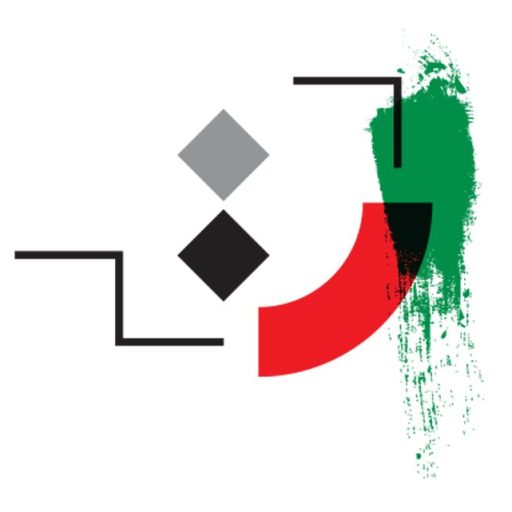Gholamreza Motamedi
Biography
Gholamreza Motamedi, born on November 26, 1949, in Tehran, was a distinguished Iranian architect, artist, and cultural manager whose innovative contributions in architecture, interior design, and cultural management significantly impacted Iran’s cultural and urban spheres. He passed away on December 3, 2020.
Early Life and Education
Gholamreza Motamedi was born in Tehran and completed his secondary education at Alborz High School, one of Iran’s most prestigious institutions, between 1962 and 1968. In 1968, he enrolled in the Faculty of Fine Arts at the University of Tehran, graduating in 1973 with a degree in architecture. His education at this renowned institution laid the foundation for his professional and creative endeavors in the years that followed.
Professional Career
Motamedi began his professional career in 1975 by co-founding the Workshop 3 Architectural Consulting Group with two university colleagues, where he worked until 1980. He later established and managed Tarh Office, a consultancy for interior design and office furniture production, from 1980 to 2005, executing numerous interior design projects.
Beyond architecture, Motamedi was actively involved in cultural and media activities. From 1988 to 1993, he served as the “Artistic Processes Manager” for publications such as *Sanat-e Haml-o-Naghl* (Transportation Industry), *Safar* (Travel), and *Payam-e Emrooz* (Today’s Message). From 1990 to 1996, he worked at the Urban Information Processing Center. Between 1998 and 2005, he served as a consultant for planning and advertising at Tehran’s Metro. Additionally, from 2000 to 2005, he managed Penad Company, which handled urban advertising in Tehran.
One of Motamedi’s most notable achievements was founding and managing Man-e Honar-e No (Modern Art Space) from 2004 to 2009. This cultural and artistic hub aimed to promote modern art in Tehran. In a 2018 interview with Vista, Motamedi discussed the cultural challenges of establishing such a space in Iran. He noted that visits to modern art museums like MoMA in the United States inspired him to pursue similar initiatives in Tehran, though he expressed regret over the lack of sufficient public engagement and cultural barriers.
Style and Perspective
As an architect and cultural manager, Motamedi adopted an innovative and forward-thinking approach in his projects. He sought to integrate architecture and art with the modern urban and cultural needs of Iran. The establishment of Man-e Honar-e No reflected his commitment to advancing modern art and culture in Iran, despite challenges such as limited public awareness. He believed that creating cultural spaces like modern art museums could enrich society’s cultural landscape.
Death
Gholamreza Motamedi passed away on December 3, 2020. His death was reported by media outlets such as KhabarOnline, where he was remembered as an innovative and prominent architect.
Legacy
Through his work in architecture, interior design, and cultural management, particularly the establishment of Man-e Honar-e No, Motamedi played a significant role in developing Tehran’s cultural and urban spaces. His projects with Tehran’s Metro and urban advertising initiatives demonstrated his influence on improving the city’s cultural infrastructure. Despite the cultural and social challenges he highlighted in interviews, his efforts to promote modern art and elevate societal awareness remain a lasting part of his cultural legacy.
- Birthday: November 26, 1949
- Death: December 3, 2020
- Birthplace: Tehran, Tehran, Iran
Architect, Art Director, Advertisement Strategist, Painter, and Photographer
